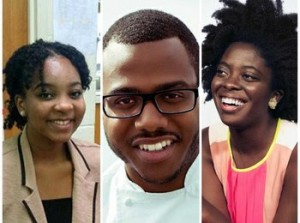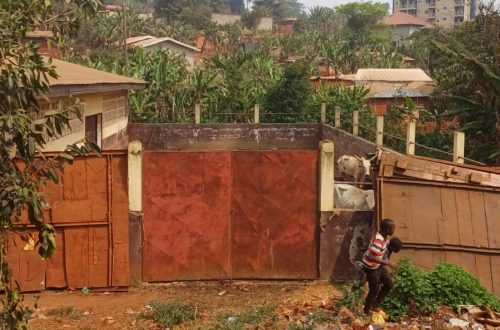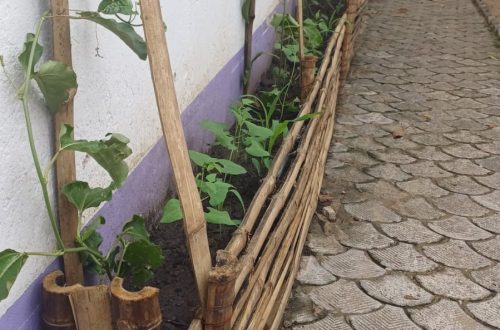 Lots of the news from sub-Saharan Africa is about war, famine, poverty or political upheaval. So it’s understandable if many Americans think most Africans who immigrate to the United States are poorly educated and desperate.
Lots of the news from sub-Saharan Africa is about war, famine, poverty or political upheaval. So it’s understandable if many Americans think most Africans who immigrate to the United States are poorly educated and desperate.
That’s the impression that President Trump left with his comments to members of Congress opposing admission of immigrants from “shithole countries” in Africa and elsewhere.
But research tells another story.
While many are refugees, large numbers are beneficiaries of the “diversity visa program” aimed at boosting immigration from underrepresented nations. And on average, African immigrants are better educated that people born in the U.S. or the immigrant population as a whole.
“It’s a population that’s very diverse in its educational, economic and English proficiency profile,” said Jeanne Batalova, a senior policy analyst at the Migration Policy Institute think tank in Washington and coauthor of a report last year on sub-Saharan African immigrants in the U.S. “People came for a variety of reasons and at various times.”
Overall, their numbers are small compared with other immigrant groups but have risen significantly in recent years. The U.S. immigrant population from sub-Saharan Africa (49 countries with a total population of more than 1.1 billion) grew from 723,000 to more than 1.7 million between 2010 and 2015, according to a new report by New American Economy, a Washington-based research and advocacy group. Still, they make up just half a percent of the U.S. population.
Drawing from U.S. surveys and Census Bureau data, the report found that the majority come from five countries: Nigeria, Ghana, Kenya, Ethiopia and South Africa.
The Pew Research Center reported that African immigrants are most likely to settle in the South or Northeast, and that the largest numbers — at least 100,000 — are found in Texas, New York, California, Maryland, New Jersey, Massachusetts and Virginia. Many African refugees have also relocated to or have been resettled in states such as Minnesota and South Dakota.
The Refugee Act of 1980 made it easier for people fleeing war zones to resettle in the U.S., and today there are tens of thousand of refugees from Somalia, Sudan and Congo. About 22% of African immigrants are refugees, according to Andrew Lim, associate director of research at New American Economy.
At the same time, the diversity visa program — also known as the visa lottery — has opened the door to immigrants from more peaceful places. Of the sub-Saharan immigrants who have become legal permanent residents, 17% came through the program, compared with 5% of the total U.S. immigrant population, according to Batalova.
Applicants to the program must have completed the equivalent of a U.S. high school education or have at least two years of recent experience in any number of occupations, including accountant, computer support specialist, orthodontist and dancer.
As a result, the influx includes many immigrants from sub-Saharan Africa who are highly skilled professionals.
Batalova’s research found that of the 1.4 million who are 25 and older, 41% have a bachelor’s degree, compared with 30% of all immigrants and 32% of the U.S.-born population. Of the 19,000 U.S. immigrants from Norway — a country Trump reportedly told lawmakers is a good source of immigrants — 38% have college educations.
The New American Economy study found that 1 in 3 of these undergraduate degrees were focused on science, technology, engineering and math — “training heavily in demand by today’s employers.”
That report also found that African immigrants were significantly more likely to have graduate degrees. A total of 16% had a master’s degree, medical degree, law degree or a doctorate, compared with 11% of the U.S.-born population, Lim said. Learn more


